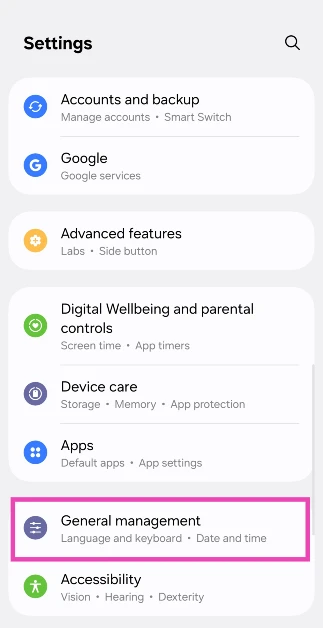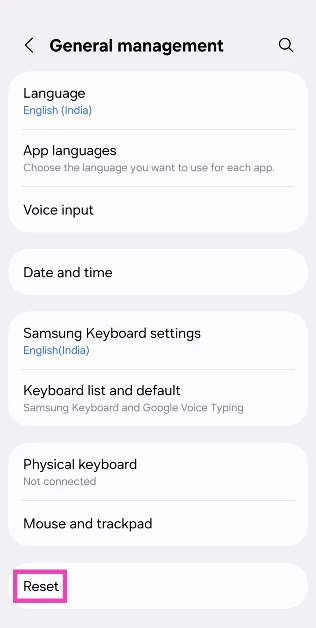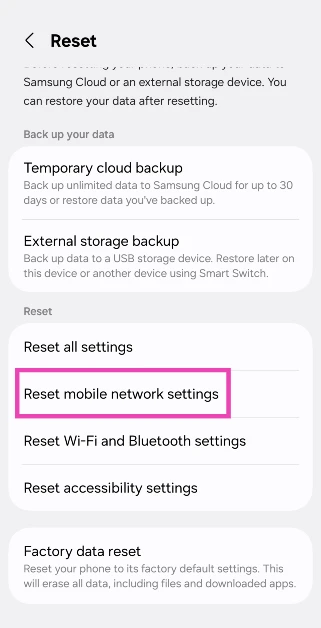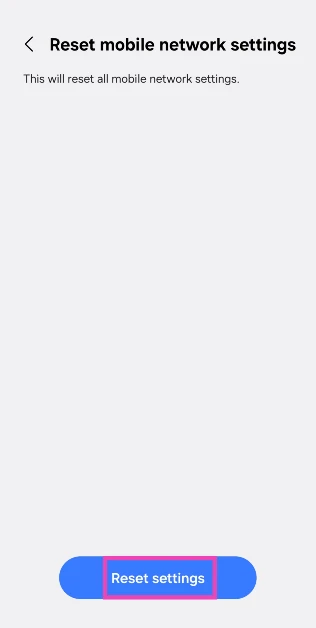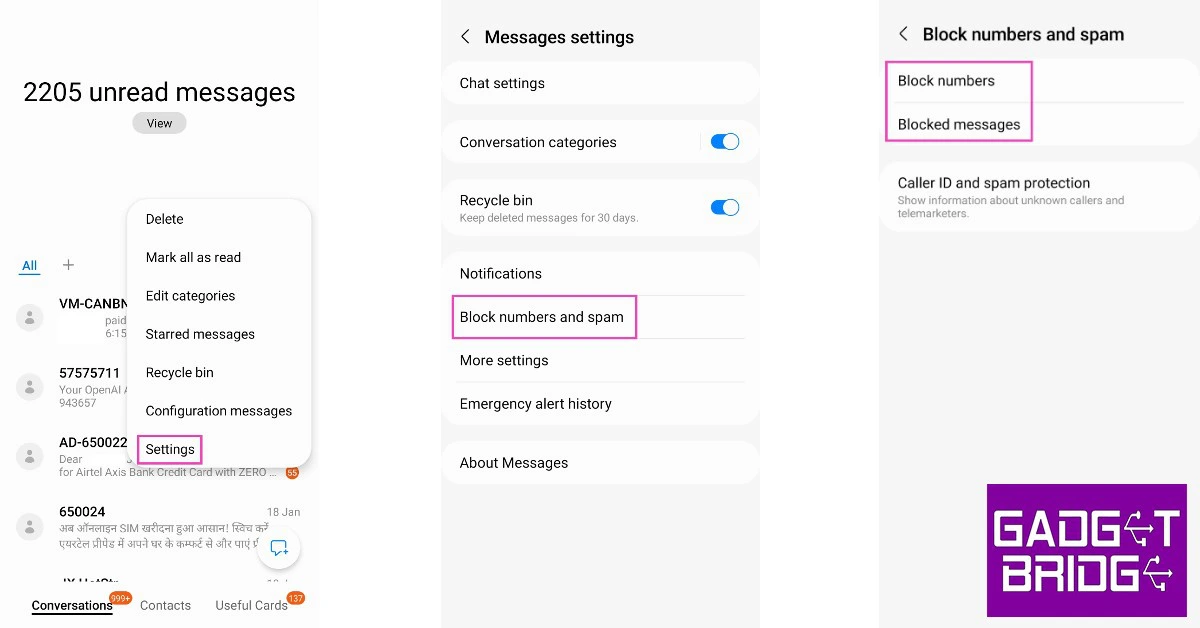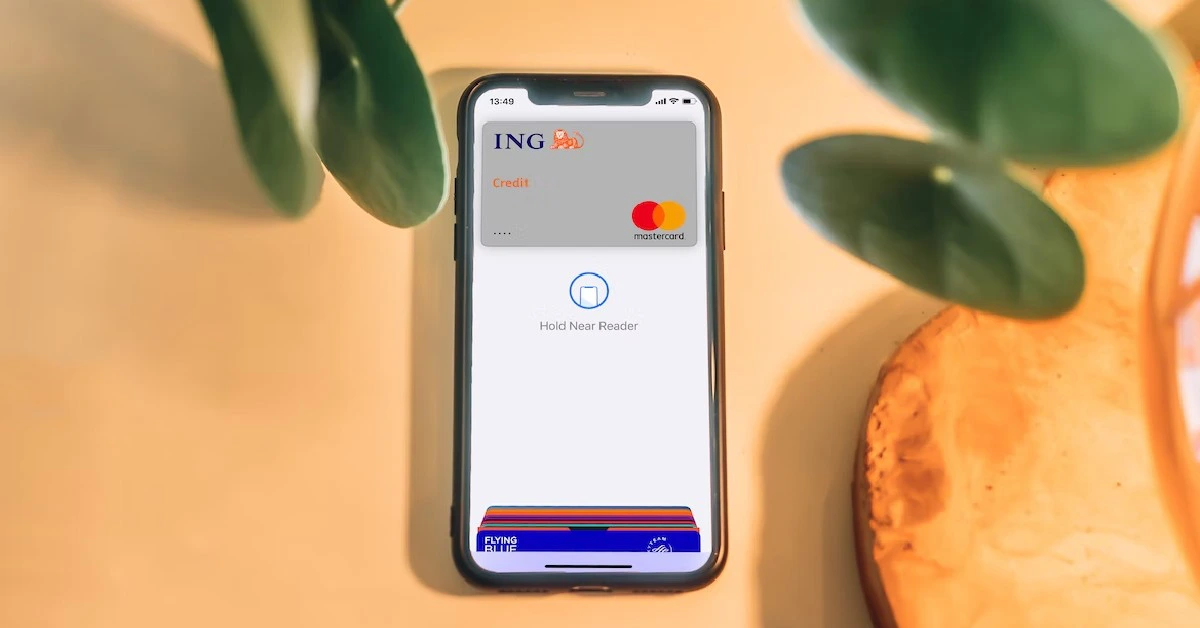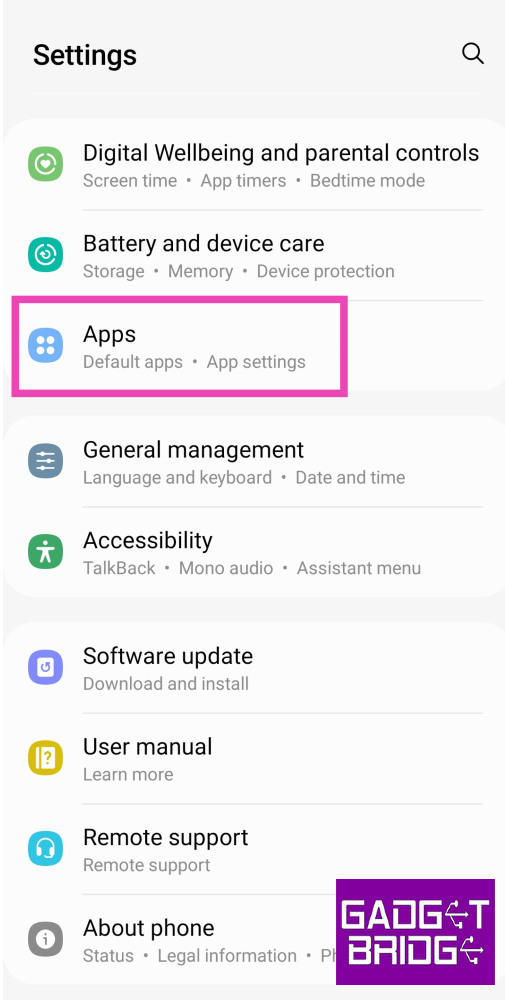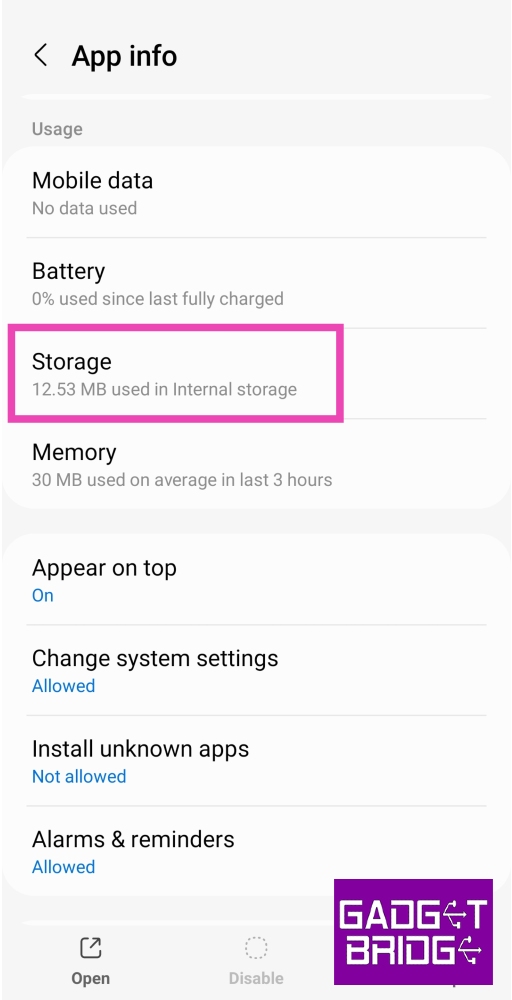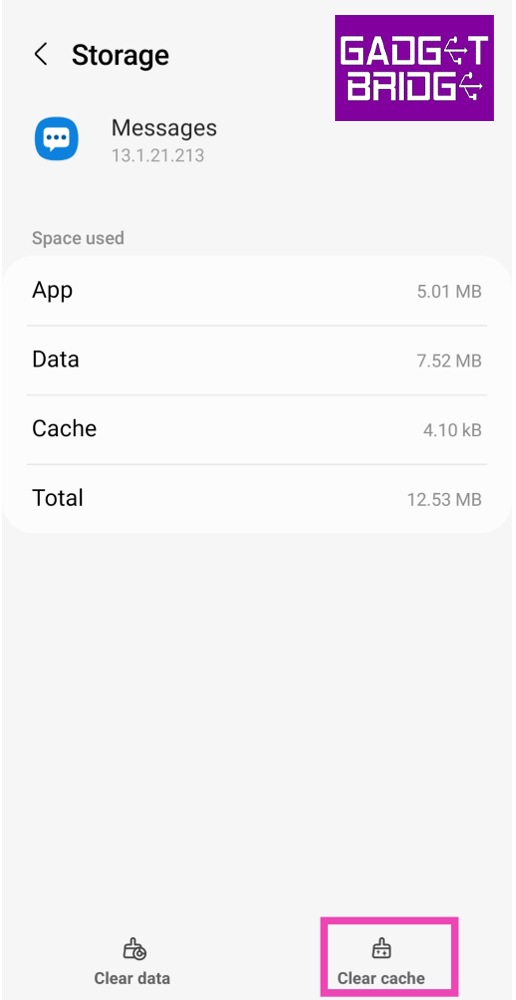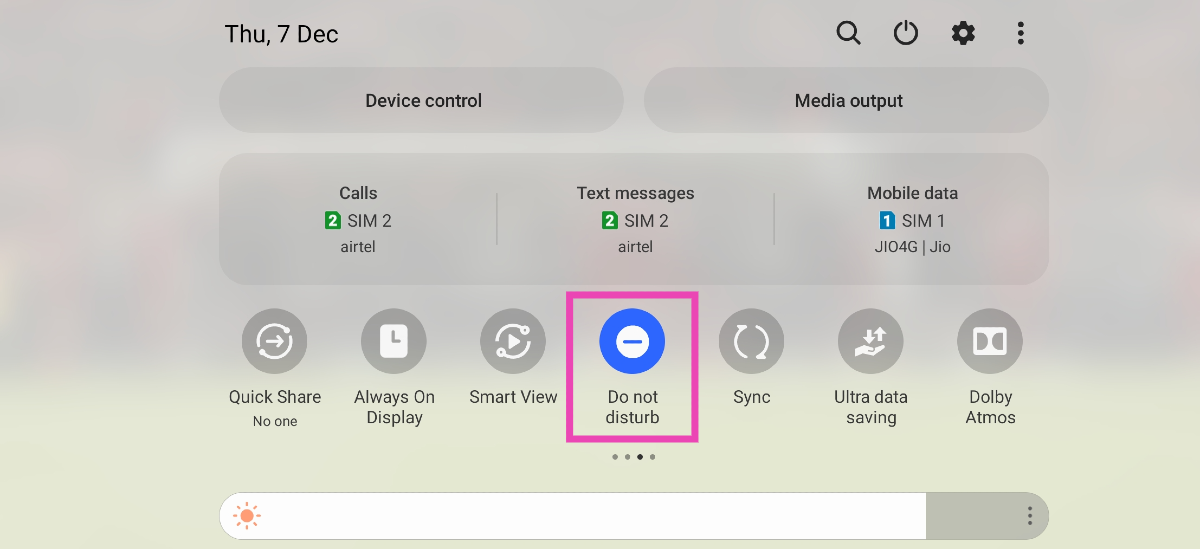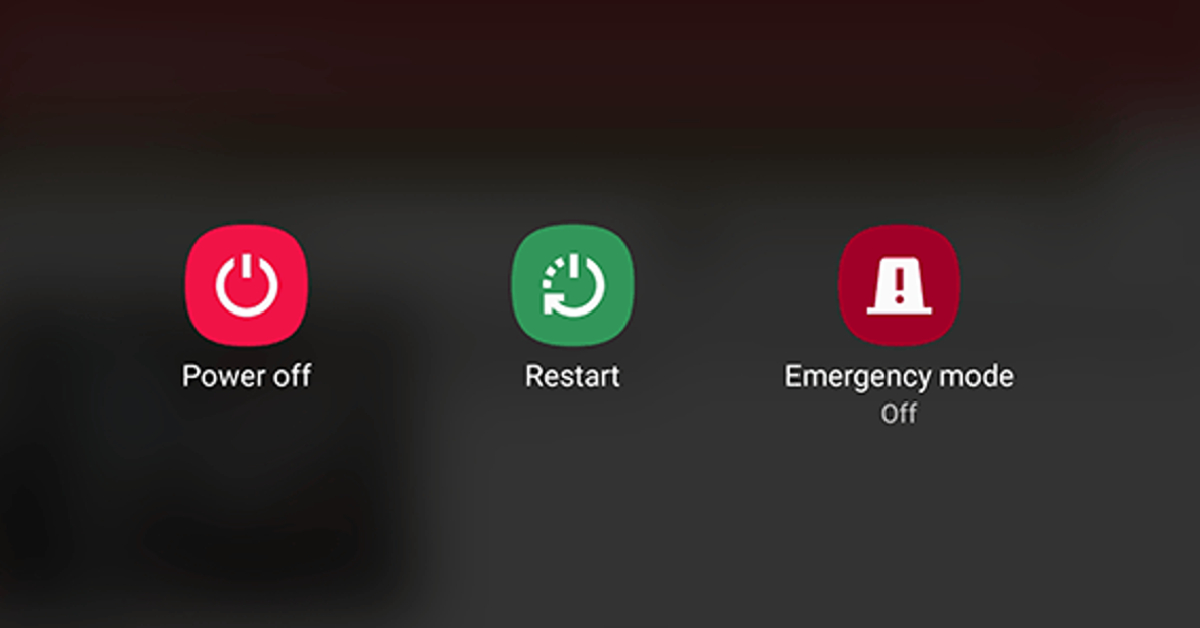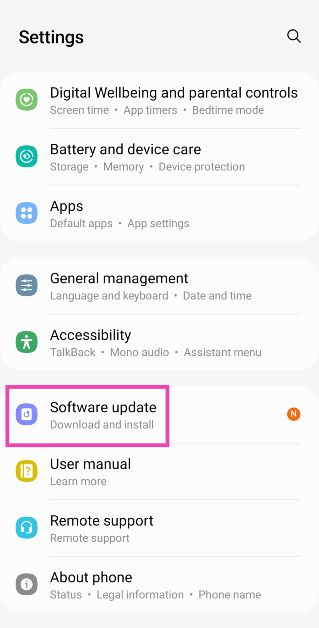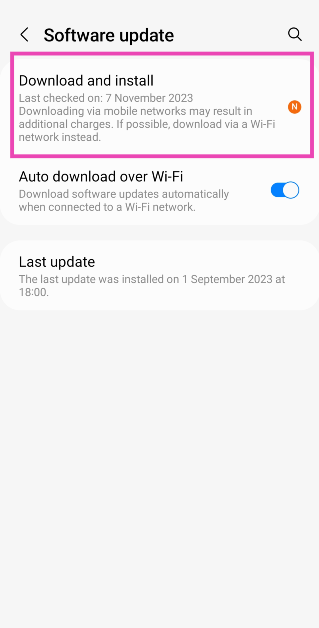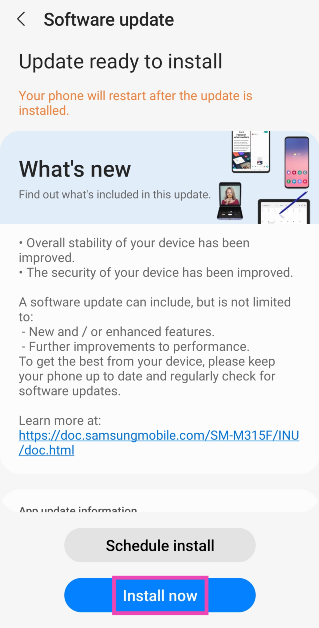Banking services these days require an OTP verification for every mobile transaction. This adds an extra layer of security to the entire process. However, network providers and bank servers can often lag behind and create a lot of unwanted issues. Since an OTP is only good for 10 minutes, receiving it after the window has passed is of no use. In this article, we bring you 10 simple ways to fix the ‘bank not sending OTP or security code’ issue on your smartphone.
Read Also: What is ChatGPT? How to use the viral chatbot like a pro?
In This Article
What is causing the OTP issue?
The OTP issue on your phone can be caused by a multitude of factors. Here are some common culprits.
- Poor network coverage
- Call forwarding is enabled on your device
- Message inbox is full
- Phone storage is full
- Messages app cache is corrupted
- Do Not Disturb is enabled
- Bank server outage
- Background software issues
Reset Network Settings
If you aren’t able to receive an OTP from your bank, the issue could either lie with the bank or your network provider. However, you can reset your phone’s network settings to make sure your phone is not a barrier in this scenario. Performing a network reset on your phone restores the network settings to their factory settings. It is a quick way of regaining network functionality without wasting too much time patching the issue. A network reset will unpair all your Bluetooth devices, clear saved WiFi passwords and connections, and set all cellular settings to default.
Step 1: Go to Settings and select General management.
Step 2: Scroll down and select Reset.
Step 3: Tap on Reset mobile network settings.
Step 4: Select Reset settings.
Step 5: Enter your PIN to confirm your selection.
Check your blocklist
It is possible you may have blocked the number that is supposed to send you the OTP. Banks routinely send text messages to their account holders, which some people may confuse with spam since the contact doesn’t have a personalised name. If you routinely add spam senders to your blocklist, you may want to check if you added your bank’s number in there as well. Open the Messages app and go to Settings>Block numbers and spam, and check the blocked numbers and messages.
Check if your phone number is registered with your bank account
Did you change your phone number recently? Make sure you update your bank account details accordingly. Your bank sends the OTP to the registered number, and it is important you update this number whenever required. If you recently changed your phone number, immediately change the registered number on your bank account as well.
Check if the bank’s servers are down
With mobile banking quickly becoming the norm, banks are taking time to adjust to the high demand. You may have noticed that UPI payments take time to go through during high usage hours (typically Saturday night). Bank servers are often working at their maximum capacity and may not be able to handle your request immediately. If you aren’t able to receive an OTP from your bank immediately, wait for the servers to be less busy and then try again.
Check if your network is down
If you aren’t able to receive an OTP, the issue may also lie with your network provider. Firstly, you need to check that you are subscribed to an active calling plan. Your network provider may halt your incoming calls and messages if you aren’t subscribed to a plan. Next, you need to check if you are receiving ample network coverage. If not, move to an open area where there is a greater chance of stronger network reception. Finally, send a test message to your number to check if the messaging services are working fine. This is a sure-shot way of checking if the issue lies with your network provider. If you are certain that your network provider is at fault, try receiving the OTP via your email.
Clear the Cache of the default messaging app
Step 1: Go to Settings and select Apps.
Step 2: Scroll down and select your default messaging app.
Step 3: Tap on Storage.
Step 4: Select Clear Cache.
Turn off Do Not Disturb (DND)
If your phone is in Do Not Disturb (DND) mode, you won’t receive notifications for any incoming calls or messages. This includes OTP messages and security codes from your bank. To fix this issue, turn off DND on your smartphone. You can do this by simply swiping down from the status bar and tapping on the DND tile in the Quick Settings Menu. If you don’t want to turn off DND, you can add your bank’s number to the list of exceptions. Go to Settings>Notifications>Do not disturb to learn more.
Restart your phone
A quick restart of your phone can fix the background issues that may be impeding its network. Press and hold the side key to access the power menu and hit Restart. If the side key triggers the voice assistant, press and hold it with the Volume Up key to open the power menu.
Disable Call Forwarding
Your bank may not always send you an OTP over text. Some banking apps use phone calls to authenticate access using OTPs. If you have enabled call forwarding on your device, this may not work. To disable call forwarding, go to Dialer>Settings>Supplementary Services>Call Forwarding and turn off the ‘Always Forward‘ option.
Clear your inbox
If your phone’s internal storage is full, you may not receive new messages. To fix this issue, make more space by removing the large files on your device. If you can’t afford to delete any data on your phone, simply delete the spam messages in your inbox. This should make enough space for new messages to be received on your phone.
Update your phone’s OS
Step 1: Go to Settings and select Software update.
Step 2: Tap on Download and install.
Step 3: Select Install now.
Frequently Asked Questions (FAQs)
Why is my smartphone not receiving the OTP from my bank?
Typically, the failure to receive an OTP on your smartphone means something is wrong either with your network reception or your bank’s servers.
What should I do if I don’t receive any OTP on my phone?
Wait for the timer to run out and make a request for an OTP again. Make sure you have entered the correct phone number. If you don’t receive the OTP again, perform a network refresh and clear the cache of your phone’s default messaging app.
How do I check if I have blocked my bank’s messaging service?
Go to Messages>Settings and tap on Block numbers and spam to check if you have blocked your bank’s messaging service.
How do I clear my messaging app’s cache?
Go to Settings>Apps>Messages>Storage, and hit ‘Clear cache’.
How do I check if my bank’s servers are down?
UPI apps like PayTM display a warning about server outage when you try to make a payment.
Read Also: Nokia T21 Tablet with 2K AMOLED display launched in India
Conclusion
These are the 11 simple ways to fix the ‘bank not sending OTP or security code’ issue on your smartphone. If none of these fixes work for you, you may want to contact the local branch of your bank for further assistance. If you found this article helpful, let us know in the comments!



